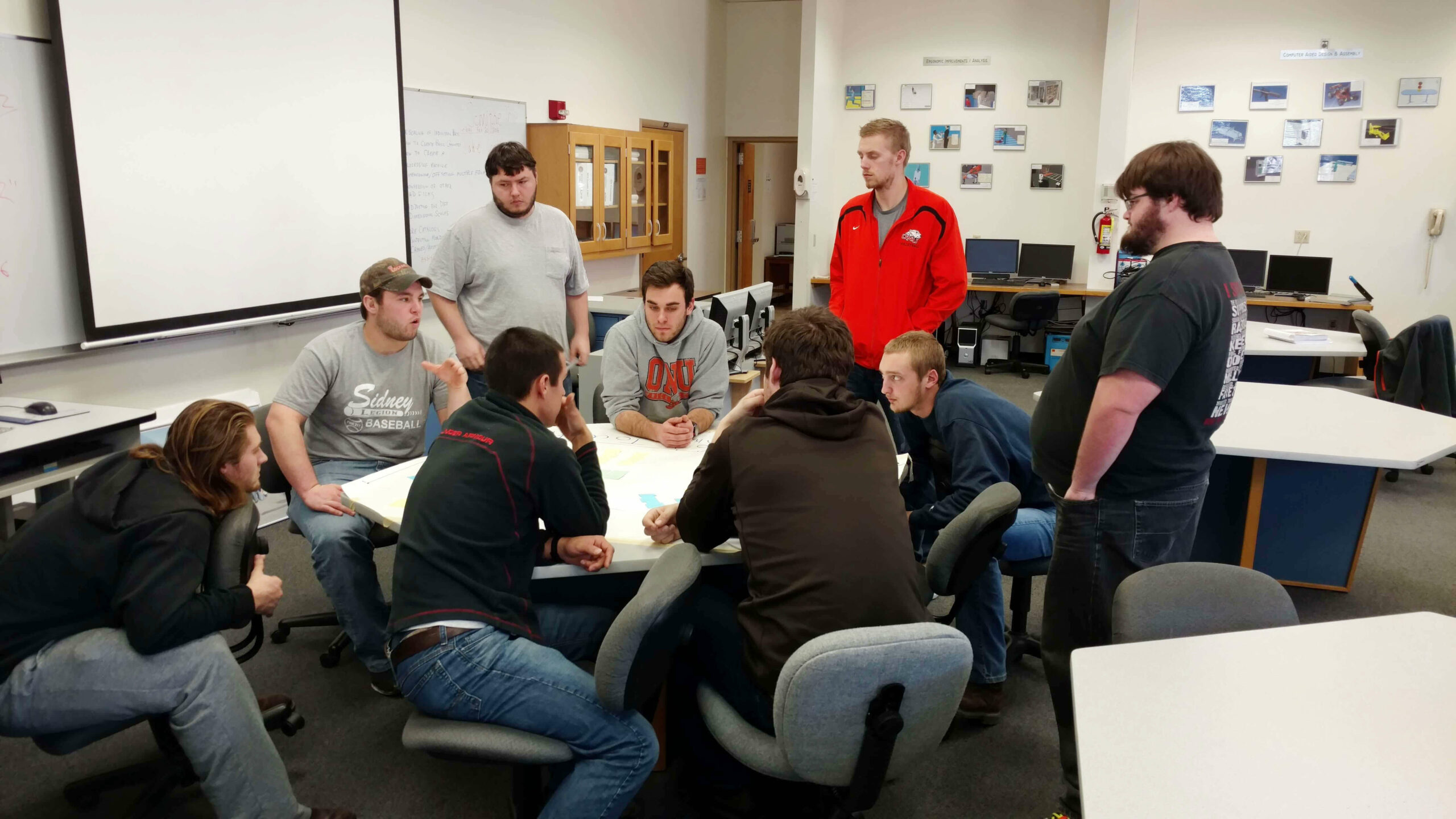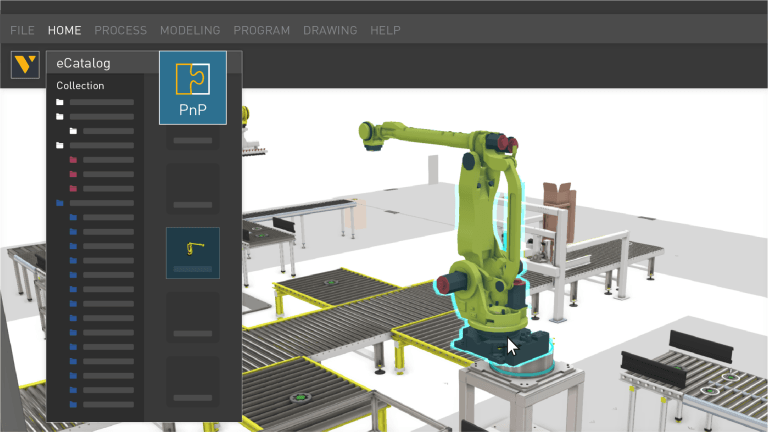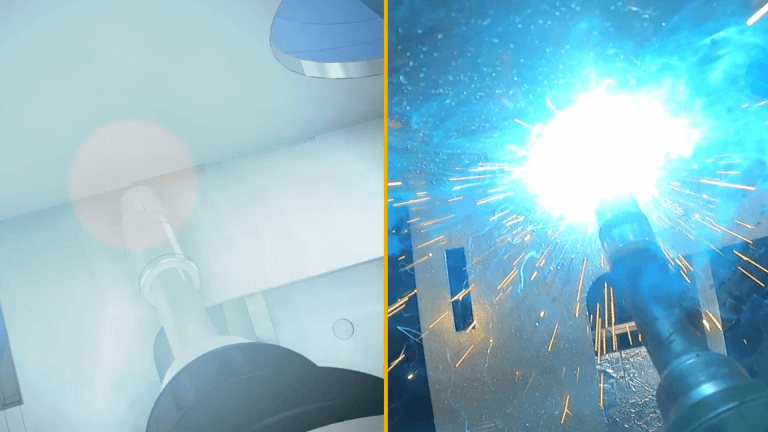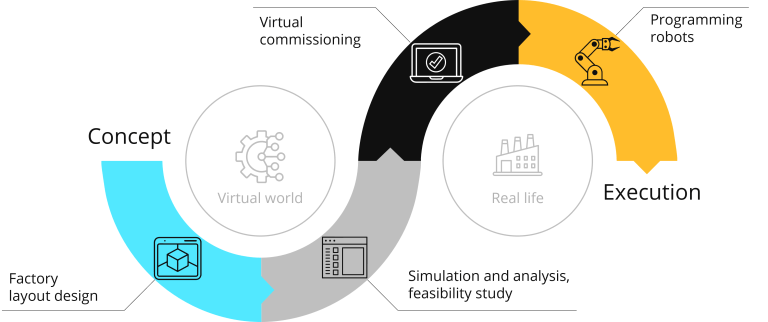Visual Components Sharpens Students’ Simulation Skills
Visual Components helps students at Ohio Northern University learn about the real-life applications of factory simulation.

Factory simulation is the epitome of manufacturing engineering students’ studies
Every Spring semester since 2002, Ohio Northern University has arranged a manufacturing simulation course aimed at third or fourth year manufacturing engineering students. During the course, the students are expected to complete a project using simulation software. This prepares them for working life as the visualization and simulation of factories will be a key component of their future careers.
“Visualizations are valuable because they allow everyone, from managers and operators to maintenance personnel and custodians, to understand the benefits and consequences of changing the environment or changing the layout,” says Professor Paul Nutter, who teaches the course.
Usability and support make a difference
The students’ final project involves designing a plant layout that optimizes a factory’s processes by, for example, simulating different scenarios of equipment placement. Various software have been used to accomplish this over the years, such as Advance CAD and Catia, however they each and every one of them have been too difficult to use. Until recently, when the university starting using Visual Components’ software.
Professor Paul Nutter has been awed by the user-friendliness of the software. According to Nutter, the application is quick and easy to learn with no previous training in using such programs needed. This is a clear advantage when teaching students, who typically have no prior experience with simulation software.
Nutter also praises the exceptional support the class has received from the Visual Components support team through video conferencing with the students. When even the trickiest questions won’t go unanswered, the learning effects of the course are maximized.
100% of our students are placed in jobs that pay $55,000 upon graduation.
Professor Paul Nutter
Experiential learning prepares for real-life
Since Visual Components is used in a wide variety of factories around the world, Nutter believes that using the software in the classroom is an excellent way to give the students a glimpse into the ways they can apply their education in the real world and to prepare them for a future in manufacturing engineering and technology.
“It opens their minds to real-life applications in the industry. It’s experiential learning,” Nutter says. And this method really seems to be working, too. “100% of our students are placed in jobs that pay $55,000 upon graduation.”
Further reading

Leveraging simulation for factory layout design
Explore how discrete event simulation and digital twin technology play crucial roles during the ideation and planning phases of factory layout design. Our software simplifies the design process, providing accurate...

Robot offline programming (OLP): the complete guide (with examples)
This is your complete and comprehensive guide to offline robot programming (OLP). After introducing the topic, it addresses common misconceptions, the problems it resolves, benefits, and real-life example of its...

Manufacturing simulation: bring your projects from concept to reality
Manufacturers that commit to the digital transformation inherent in Industry 4.0 will reap the rewards of higher production efficiencies and faster project execution. Together, these will drive growth and profitability...